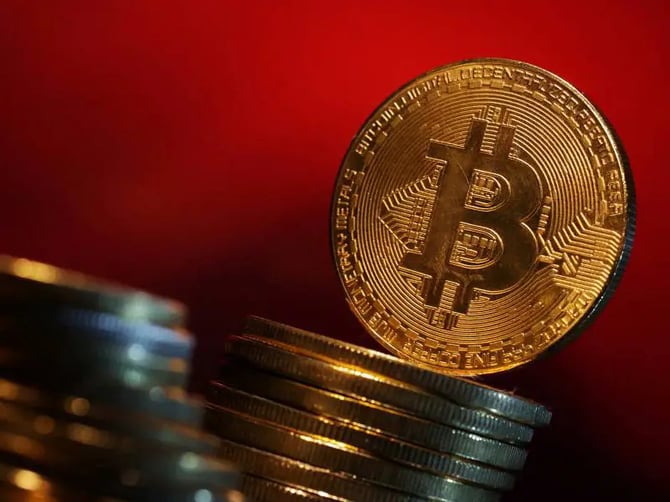Bitcoin Rockets Past $115K as Traders Pounce on the Dip

Bitcoin has breached the $115,000 mark for the first time, a historic high driven by growing institutional interest and macroeconomic pressure. Despite a broader market dip, seasoned traders saw the downturn as a buying window, pushing the flagship cryptocurrency to new heights.
Both hedge funds and public companies have continued to increase their exposure to Bitcoin, treating it as a hedge against inflation and economic instability, which is a new development for an asset that has never been associated with being a store of value.
In the current environment of dovish central banks and rising inflation concerns, Bitcoin’s fixed supply and decentralized model have forced a rethink that it could increasingly be a store of value.
Technological upgrades to the Bitcoin blockchain, which have improved transaction speed and network security, have further boosted investor confidence.
What Does This Mean for Me?
Traders have leaned into the classic “buy the dip” strategy, capitalizing on the temporary sell-off and driving prices sharply upward.
At the same time, growing adoption in emerging markets is fueling additional demand. Bitcoin’s utility in cross-border remittances and its ability to provide financial access beyond traditional banking structures is adding momentum, particularly in regions with weaker financial infrastructure.
Regulatory developments remain a wildcard, but calls for transparency and clearer frameworks are rising in step with mainstream adoption.
As Bitcoin carves out its place in the global financial system, factors like innovation, institutional adoption, and economic policy will continue to shape its volatile but compelling trajectory.
More News
.webp)
Crypto Had the Tailwinds, So Why Is It Still Falling?

What Does the Binance Landmark ADGM License Mean?
.WEBP)
Bitcoin Slides Below $80,000 as Risk Appetite Evaporates

Crypto Turmoil Finds New Drivers as Bitcoin Struggles to Rebound
.WEBP)
Bitcoin Stable After Sharp Selloff Erases 2025 Gains

Bitcoin Rallies as US Shutdown Sends Traders to Safe Havens

Washington Fuels Record-Breaking Crypto Rally

